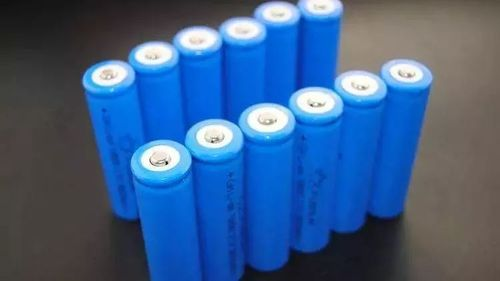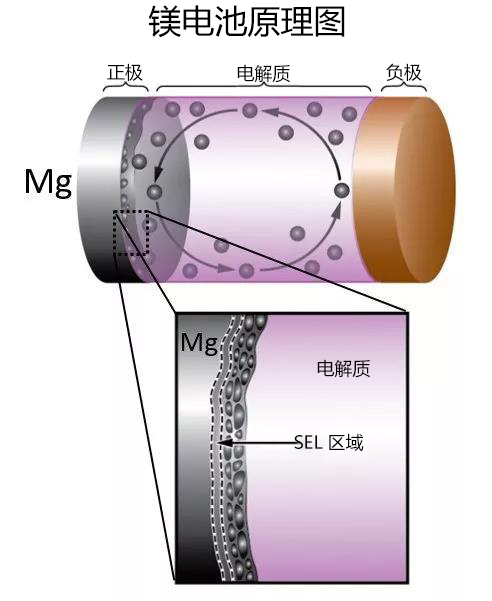Will lithium batteries be replaced by magnesium batteries?

 Back
Back
2022/10/26 15:02:36
Now all kinds of lithium batteries have become indispensable equipment in daily life, whether it is mobile phones, computers, wearable devices or new energy vehicles, its application is becoming more and more widespread. But it comes amid concerns about lithium-ion resources, particularly as the price of the raw material has soared this year and a shift to renewable energy requires a technology to store more power. Forcing countries to speed up the layout of the "post-lithium battery" era.

Recently, the University of Cambridge, Denmark and Israel's well-known engineering university, and Germany, Spain's research institutions formed a joint team E-Magic, set its sights on magnesium. Magnesium ions can carry two positive charges, whereas lithium ions can carry only one, so in theory magnesium batteries can have a higher energy density than lithium batteries. The current laboratory magnesium battery can be charged and discharged more than 500 times. The researchers will work to improve the electrolyte and develop new electrode materials. Toyota's North American research institute and the University of Houston are also developing new magnesium batteries, which use organic compounds as cathode materials and boron as electrolyte. The magnesium battery can only be charged and discharged 200 times, but the research team said that it has found a way to develop a battery with high stability and performance.
In addition, the origin distribution of lithium, nickel and cobalt, the raw materials of lithium batteries, is extremely uneven. Nearly 80% of lithium resource production is concentrated in Four Lakes in America and six mines in Australia. 78% of nickel resources are concentrated in Indonesia, Australia, Brazil, Russia, Cuba and the Philippines. About 51% of the world's proven cobalt resources are located in the DRC.
In contrast, sodium, magnesium and zinc are in much higher reserves. For example, the reserves of lithium in the Earth's crust are 0.0065%, and the global reserves are only 86 million tons, while the reserves of sodium in the Earth's crust are 2.74%, and the reserves of sodium in China's Qaidam Basin alone reach 321.6 billion tons.
On the other hand, magnesium batteries still have many technical and material hurdles to overcome. Due to its small size, high charge density and strong polarization effect, magnesium ions are difficult to insert into most substrates, and it is difficult to form embedded compounds. Therefore, the cathode materials available for selection are limited. Will lithium batteries be replaced by magnesium batteries?
Moreover, magnesium reacts with water, and the reported electrolyte is the liquid of Grignard reagent, Mgrhickl -AICL/THFMg (Snphb) 2 and other organic electrolytes, but these organic electrolytes may release gas in the process of charging and discharging, which has certain safety risks. For these reasons, a complete replacement for lithium-ion batteries may still be some way off. There are still considerable obstacles to overcome in technology and materials for magnesium batteries, and no suitable electrode material has been found, let alone large-scale application.

Earlier, Ningde developed the first generation of sodium-ion batteries. The battery has an energy density of 160Wh/kg and can be charged for up to 80% in 15 minutes at room temperature. The development of zinc and aluminum batteries has also made different progress. But in general they are far from being ready for large-scale commercial use, or even at the laboratory stage.
So it remains to be seen whether and when the "post-lithium battery" era will arrive. Whether it is magnesium, zinc or sodium batteries, their maturity is still far from the large-scale commercial application, or even just in the laboratory stage, there are many defects in performance. The core reason for the enthusiasm for these lithium-ion replacement technologies, he says, is not their better performance, but more abundant resources and cheaper raw materials.








 Previous
Previous



